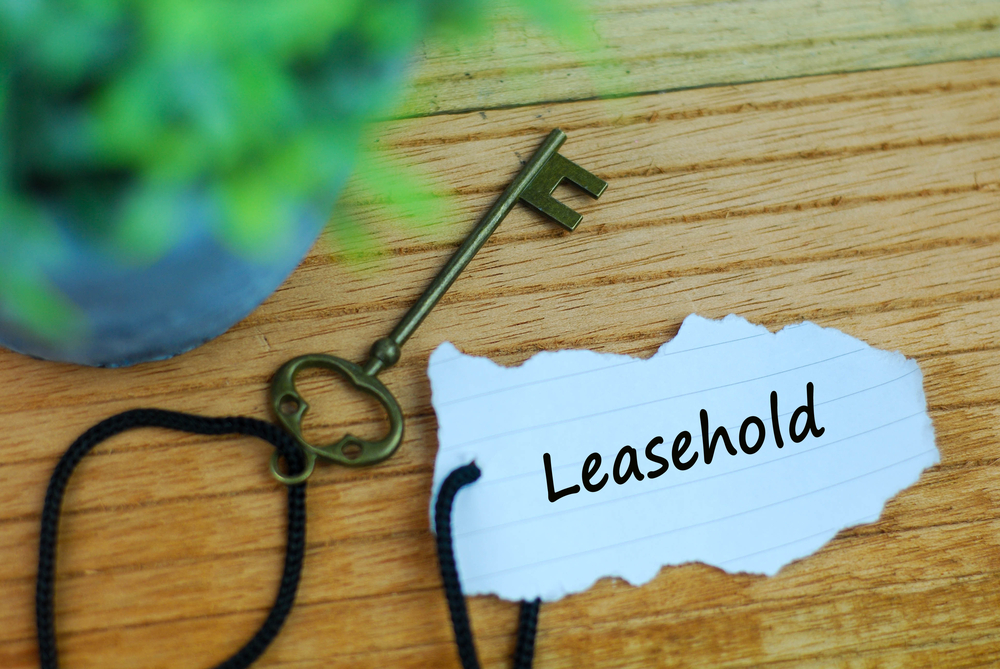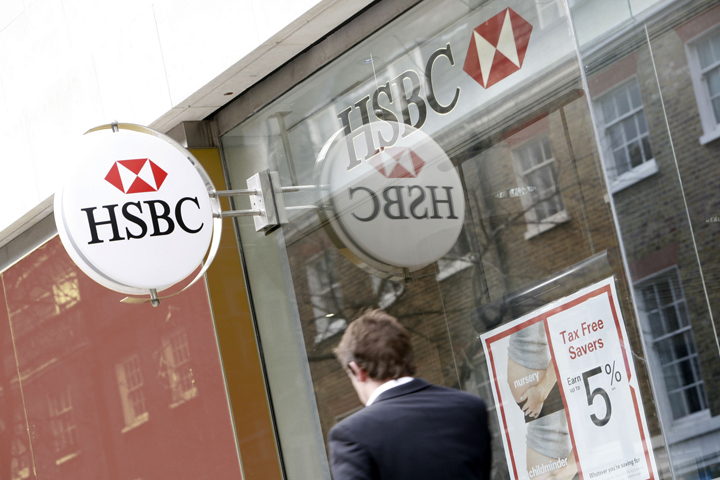Help to Buy has been brought forward and with it a rush to secure a mortgage with a very low deposit. But will an increase in demand drive house prices through the roof? Rebekah Commane considers the positives and negatives of the government scheme
 The announcement that the Help to Buy scheme has been brought forward from January 2014 to launch in October 2013 has caused quite a stir in the housing industry, among buyers and lenders alike.
The announcement that the Help to Buy scheme has been brought forward from January 2014 to launch in October 2013 has caused quite a stir in the housing industry, among buyers and lenders alike.
In a somewhat controversial move, PM David Cameron announced his decision at the Tory party conference, causing some to question whether the motivation behind moving the scheme forward was purely political.
The purpose of the Help to Buy scheme is to allow those who can afford to make mortgage repayments, but cannot raise the sum needed for a substantial deposit, to take out a loan to purchase a home.
It is made up of two parts; the first is the equity loan element, which was introduced in April and allows those who meet the criteria to borrow 20 per cent of the cost of a new build home from the government.
Help to Buy 2 is available for all homes on the market up to a value of £600,000 and, with a 5 per cent deposit put down, the government will guarantee a further 15 per cent of the loan, making it more attractive for lenders to offer mortgages as they will be compensated if a borrower defaults within the first seven years.
The schemes have assisted in a resurgence of the property market and have caused a stir of excitement, particularly among first-time buyers who can afford to make hefty rental payments but are struggling to save for a standard 15 or 20 per cent deposit.
Phase one of the scheme has already seen a substantial impact, renewing interest in new build houses that had experienced a lull since the crash. More than 12,500 reservations have reportedly been made thanks to the programme in its first few months alone.
Meanwhile, those awaiting the mortgage guarantee element of the scheme have been scrimping and saving to get their 5 per cent together ahead of what should have been a January 2014 launch.
However, with the launch of phase two brought forward to October, there is a sense of panic among many first-time buyers who had a stringent plan in place and were quietly preparing to compete with the millions of others who are hoping to become homeowners with the help of the £12 billion programme.
Various lenders and organisations have carried out surveys on the level of interest in government schemes to assist home buying and show that they have created a wave of excitement among potential buyers. For example, broker, Mortgage Advice Bureau, found that two thirds of young adults plan to buy a first home or move house during the duration of help to buy, which will run until January 2017.
A further study by property website Zoopla.co.uk estimates that buyers will be able to get their home for a deposit of less than £10,000 with Help to Buy in several regions across the UK; of course this doesn’t include London, where an estimated down-payment of £16,000 will be required on average. While this considerably lowers deposit requirements for house purchase, it remains a substantial amount for those who are paying high rents to save.
Furthermore, a Santander study found that 5.1 million Brits are aspiring to purchase a home in the next year, with Help to Buy largely contributing to their hopes.
Prior to the earlier launch of the programme, there was a prevalent fear among some in the industry that the scheme could contribute to a housing bubble, as an increase in affordability drives demand and further increases house prices, particularly in sought after areas such as London.
Estate agency, Savills, has estimated that this scheme alone could drive up house prices by an average of 5 per cent, or £8,500 over the three years it will run.
Now first-time buyers in particular are eager to get on the property market through Help to Buy, before house prices increase even further.
While there is no doubt that the scheme will positively impact on affordability, the matter of supply is still an outstanding issue. So there will be more prospective buyers on the market but whether there will be a sufficient increase in available property remains to be seen. With many more people with the potential to buy and the number of houses to purchase not yet seeing an increase, it’s difficult to envisage anything other than escalating prices for the near future.







